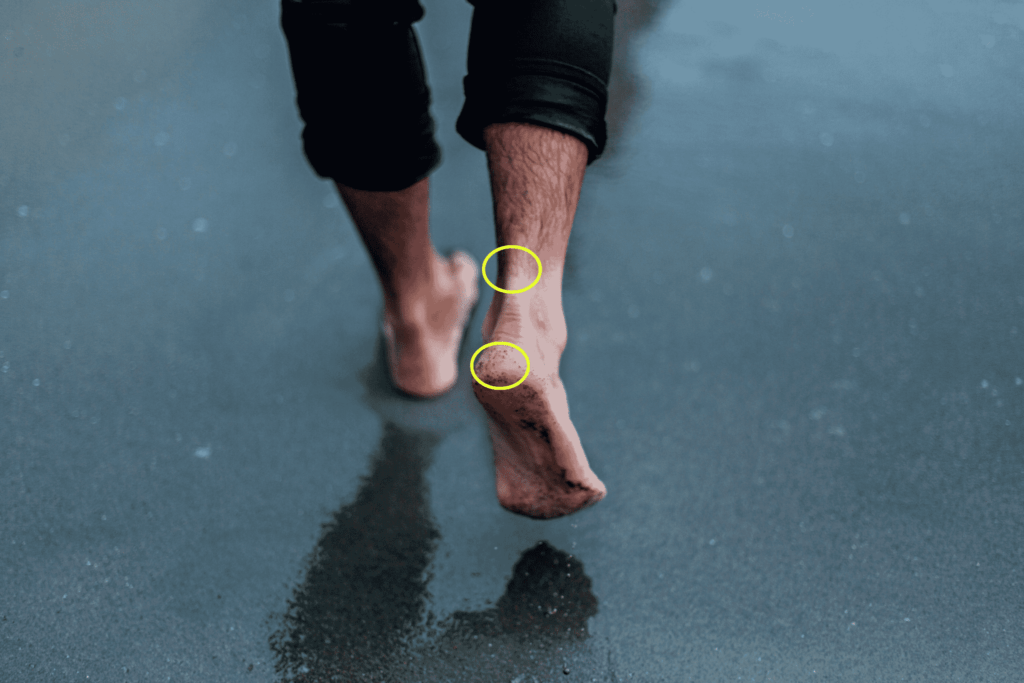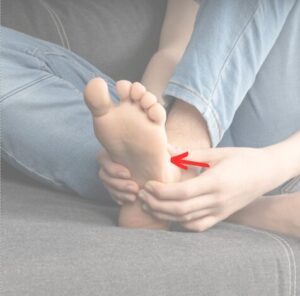Know more about Foot Bursitis – its Symptoms and Causes
Bursitis occurs when a bursal sac is inflamed. Bursal sacs are located throughout the body. They are fluid filled sacs that help to lubricate and reduce friction between two surfaces in the body, usually muscles and tendons as they glide over bony prominences.
Moreover, in the foot, there is only one naturally occurring bursal sac, which is located between the Achilles tendon and the heel bone (calcaneus). However, in response to the constant “micro-trauma” that our feet experience when we walk, the body creates bursal sacs to protect areas of the foot where trauma is occurring. If the trauma continues, the bursal sac (that has formed in order to protect the foot) becomes inflamed and bursitis develops.
Symptoms of Bursitis
It includes:
- Pain, inflammation, redness and swelling
- Heat may emanate from the painful area
- Increased pain in the morning, or after being immobile for extended periods of time
Causes of Bursitis
The most common cause of bursitis is overuse and repetitive movements. A few examples of repeated movements that may cause bursae’s to become problematic are; gardening, painting, cleaning, running, cycling, golf and tennis.
Other causes of bursitis include:
- Long periods of standing on your feet or kneeling
- Overloading and overuse with excessive training loads
- Poor range of motion and mobility in joints creates increased loading on the bursae
- Overpronation of the foot (when your foot rolls inward excessively)
- Flat feet and high arches
- Tight and poor fitting footwear can cause foot and ankle bursitis
- Direct trauma such as a blow to your knee
- Irregular gait patterns
Bursitis has the associated risk of becoming infected when the bursae is close to the skin where bacteria may penetrate the bursae, causing pain, fever and chills. This is called septic bursitis.
In addition, there are many different methods of treatment that a podiatrist can facilitate with the healing process of your bursitis and the management of potential future flare ups.
Are you experiencing this condition? One of our podiatrist can assist and recommend what treatment options are best to get you back on track. ✅
Schedule an appointment here or you may call us at 44 (0) 207 101 4000. 📞
We hope you have a feetastic day! 👣☀️
-The Chelsea Clinic and Team




